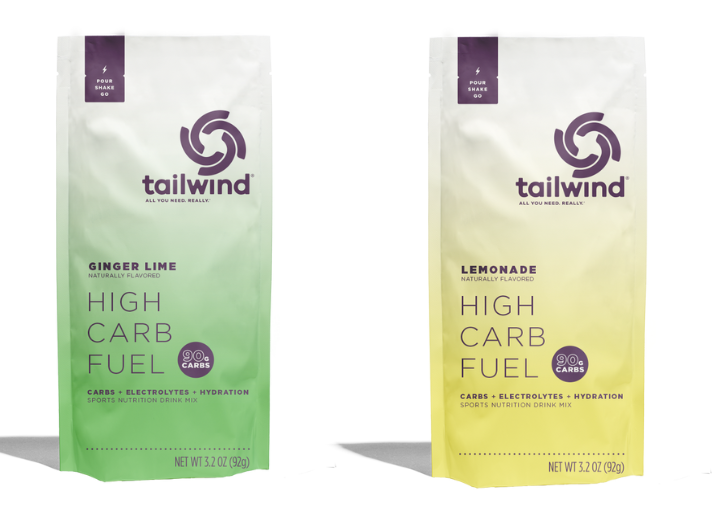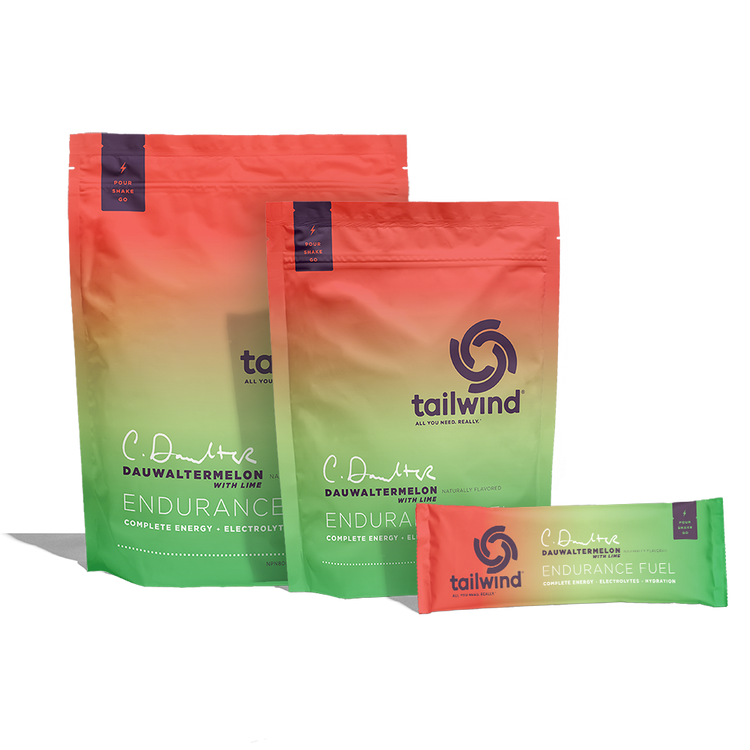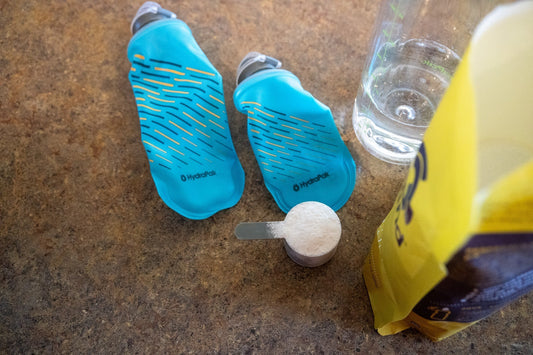What Is a Backyard Ultra—and How Do You Fuel for One?
0 Comments
-
Fuel consistently every loop: Use liquid nutrition like Tailwind Endurance Fuel early on for easy digestion and steady energy—aim for 100–150 calories per loop.
-
Add variety as the hours add up: Introduce real food (like ramen or mashed potatoes) to meet hourly targets of ~250 calories, 600–900 mg sodium, and 20–24 oz fluid.
-
Don’t skip protein for long efforts: For races going beyond 24 hours, include Tailwind Recovery Mix every few loops to support muscle repair and avoid breakdown.
-
Time caffeine wisely: Save caffeine for when alertness dips—typically overnight—and stick to one source (like caffeinated Endurance Fuel) to avoid crashes.
Backyard Ultras aren’t your average running event. They're a unique challenge where physical endurance meets mental grit. Invented by Lazarus Lake (the same mastermind behind the Barkley Marathons), the format is simple yet brutal: runners complete a 4.16667-mile loop every hour on the hour until only one person remains.
Unlike traditional ultras, there's no set distance or time limit. The race continues until every runner but one has tapped out. The loop format means there's no benefit to speed—you just have to be ready to toe the line each hour. Miss the starting bell? You're done.
How Backyard Ultras Work
-
Runners must start a new loop every hour.
-
If you don't finish the loop in time or choose not to continue, you're out.
-
To win, be the last person standing by completing one loop more than anyone else.
Fueling for a Backyard Ultra
Backyard Ultras can go for 24, 48, even 100+ hours. That means your nutrition strategy needs to be as consistent and dialed as your pacing. Here’s how to approach fueling for the long haul:
1. Start with a Solid Base: Liquid Nutrition
Tailwind Endurance Fuel is an ideal base. It offers complete calories, electrolytes, and hydration in one easy-to-digest format. Many runners rely solely on liquid calories in the early hours while their digestive systems are fresh.
Pro Tip: Aim for 100-150 calories every loop, depending on your needs. One soft flask (12 oz) of Endurance Fuel per loop can set a consistent pace.
2. Introduce Real Food Strategically
As the race stretches on, your body will crave variety. Soft, salty foods like mashed potatoes, ramen, and pierogies can be great additions. The key is:
-
250 calories/hour
-
600-900 mg sodium/hour
-
20-24 oz of fluid/hour
If you eat salty or calorie-dense real food, scale back your liquid nutrition slightly to avoid overloading your stomach.
3. Don’t Forget Protein
In races that go beyond 24 hours, protein becomes essential. It supports muscle repair and helps stave off breakdown. Tailwind Recovery Mix is a smooth, drinkable way to get protein, carbs, and electrolytes without forcing down solid food.
Tip: Start introducing protein during the first overnight stretch—not when you're already falling apart.
4. Caffeine—Use It Wisely
Many runners make the mistake of using caffeine too early or in excess. Taper your intake before race day, and introduce caffeine only when your alertness dips, typically overnight or after the first 24 hours.
Caffeinated Endurance Fuel provides a gentler, sustained boost compared to energy drinks or pills. Stick to one source to avoid spikes and crashes.
5. Sample Fueling Schedule
Here’s a rough example of what fueling might look like:
-
Loops 1-6: 1 soft flask of Endurance Fuel per loop
-
Loops 7-12: Alternate Endurance Fuel with real food (e.g., mashed potatoes, ramen)
-
Overnight: Add Tailwind Recovery Mix every 3-4 loops for protein
-
Late stages: Use maple syrup packs, soft cookies, or waffles as morale boosters, and introduce caffeinated Endurance Fuel as needed
Estimated Caloric Needs Over 48+ Hours:
-
Tailwind Endurance Fuel: 6,000–8,000 calories
-
Tailwind Recovery Mix: 2,000–3,000 calories
-
Real food: 4,000+ calories (varies by preference)
Final Thoughts
Backyard Ultras are about patience, smart pacing, and even smarter fueling. Practice your nutrition plan during training. Test foods and drink combos. Most importantly, find what works for your body.
The format might be unforgiving, but with the right strategy, you can go further than you ever thought possible—one loop at a time.






